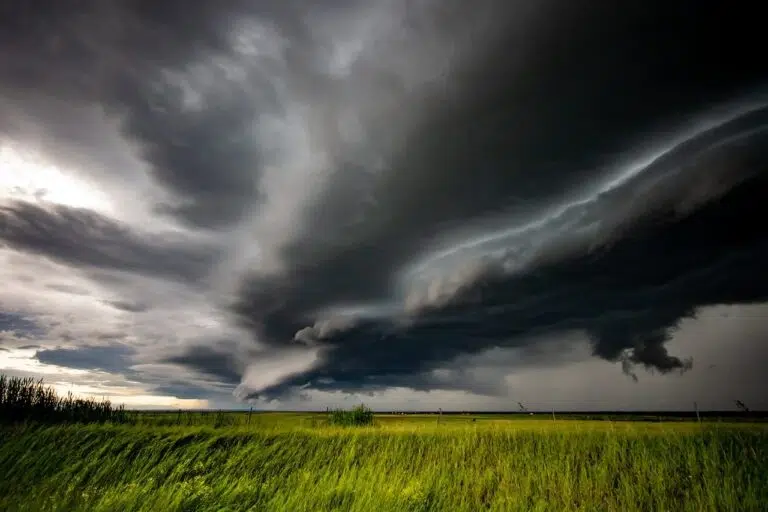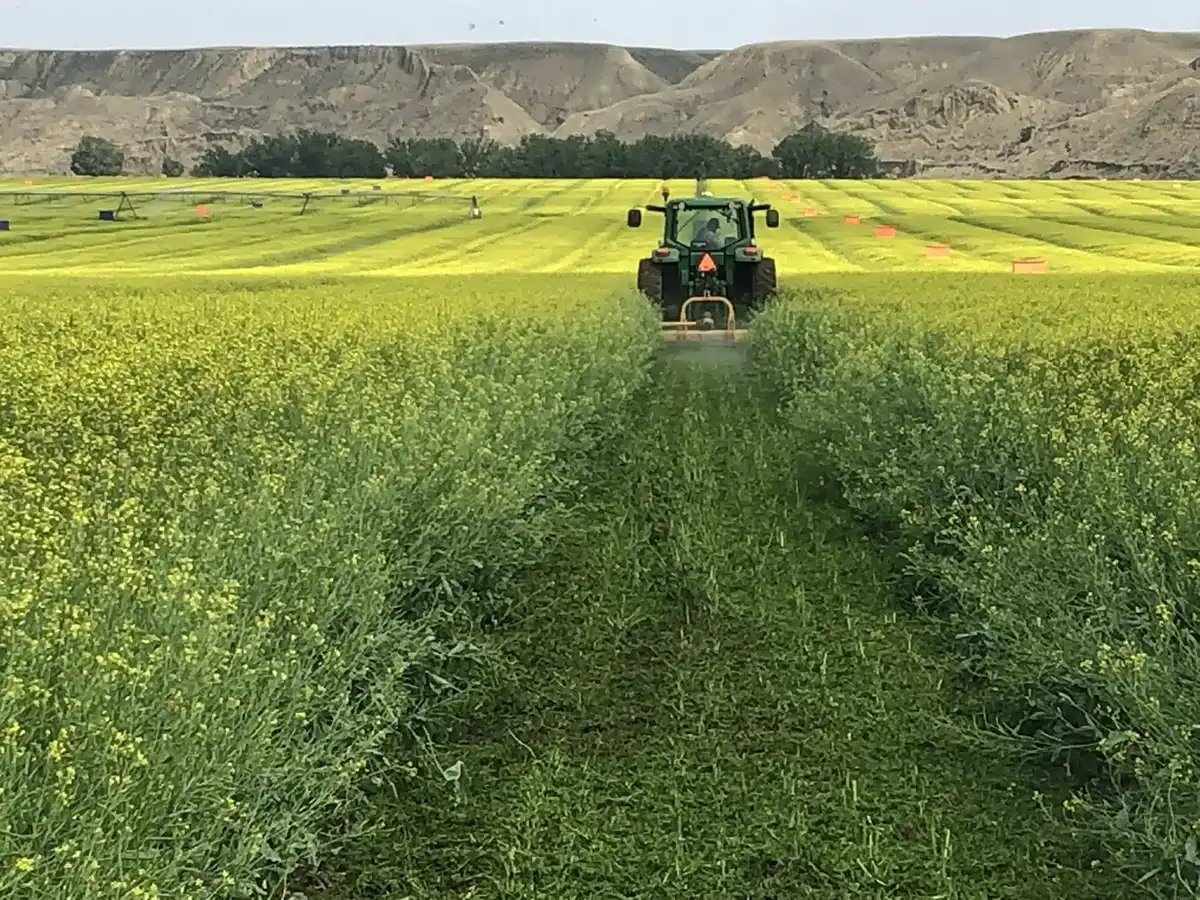Fears of a moisture deficit in Alberta and the Prairies were borne out in the closing talk at yesterday’s CrossRoads Crop Conference given by weather expert Drew Lerner of World Weather Inc.
Lerner addressed the pressing issue of the fear of prolonged drought affecting North America, shedding light on the factors contributing to the lack of moisture this winter in many places and offering a glimmer of hope for the coming months.
For the first time since 2001, Alberta’s government has authorized its Drought Command Team to begin negotiations with major water licence holders to strike water-sharing agreements in the Red Deer River, Bow River and Old Man River basins. If a severe drought occurs, these agreements would see major users use less water to help others downstream.
Lerner emphasized the importance of patience and cautious optimism as he delved into the intricate web of meteorological phenomena impacting Western Canada.
Lerner began by discussing the 22-year solar cycle, a phenomenon he believes plays a pivotal role in shaping drought conditions in North America. Drawing on his extensive experience, Lerner highlighted the historical correlation between the solar cycle and extreme weather events, such as cyclones and droughts. He reassured the audience that NASA predicts the solar maximum, expected to bring relief, will likely occur in late 2024 or early 2025.
“Once we pass the solar maximum intensity, the troubles will gradually subside. It’s a matter of moving over to the other side of the cycle, where things should improve,” Lerner stated, attributing the current challenges to the notorious nature of the 22-year solar cycle.
Examining the Current Drought Situation

Lerner painted a vivid picture of the drought’s impact on the North American continent, particularly in Canada. He pointed out the severe conditions persisting across the Prairies, with east-central Alberta facing an especially dire situation. Using charts to illustrate the gravity of the situation, Lerner highlighted the record dry year experienced in 2023 and the ongoing drought in Canada, emphasizing the need for timely precipitation.
Addressing concerns about the scale of required moisture, Lerner clarified: “We don’t need a deluge; we need timely precipitation. The goal is to build up enough moisture in the soil so that we aren’t entirely reliant on each rain event.”
El Nino’s Role and Changing Weather Patterns
Lerner shifted the focus to El Nino, explaining its impact on the current warm bias in the western Prairies. He acknowledged the contribution of the 18-year cycle to the unusually warm and dry winter. Lerner expressed optimism as he presented a forecast model indicating the weakening of El Nino by April, potentially paving the way for improved precipitation.
“We’re already into the downslope, and by the second half of February and March, we should start seeing positive changes. However, patience is crucial, as the 18-year cycle remains a stubborn factor,” Lerner advised.
Looking Ahead: Forecast for February and March
Lerner concluded the presentation with his forecast for February and March. Acknowledging a slight modification due to the weakening of El Nino, he cautiously predicted a bit more moisture in the upcoming weeks. He urged caution, reminding the audience that overcoming the drought would be a gradual process, requiring vigilance and monitoring.
“While we anticipate some improvement in the moisture profile, we need to be cautious in our optimism. It’s a delicate balance, and we must avoid prematurely declaring the end of the drought,” Lerner emphasized. “At the same time, there’s no reason why you should feel hopeless that we’re not going to get rain. You should go home feeling hopeful that there will be some moisture.”












